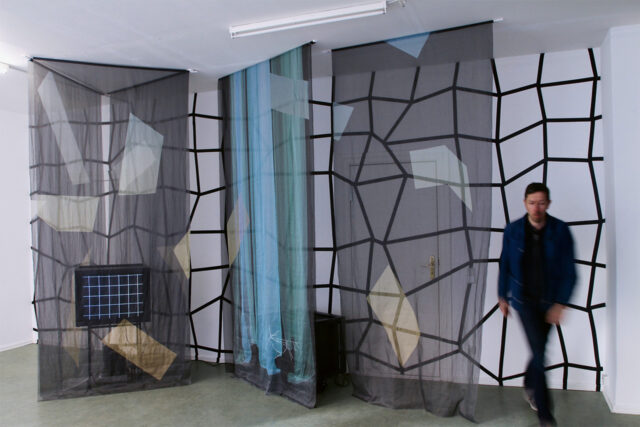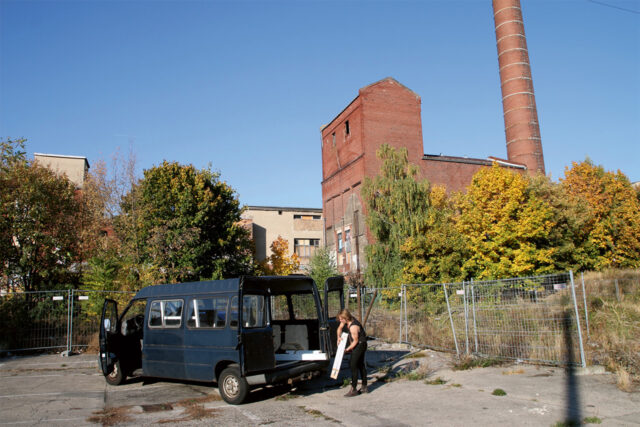
Michelle Atherton, Jette Gejl, TV MCCormack, It doesn’t have a Shape, it has a Shadow, 2019, Foto: M. Mayer

TRANSIT-series#1, Johannes Bünemann, Karthamazän, 2018, Foto: Matthias Mayer

Michelle Atherton, Jette Gejl, TV MCCormack, It doesn’t have a Shape, it has a Shadow, 2019, Foto: M. Mayer

TRANSIT-series#1, Johannes Bünemann, Karthamazän, 2018, Foto: Matthias Mayer